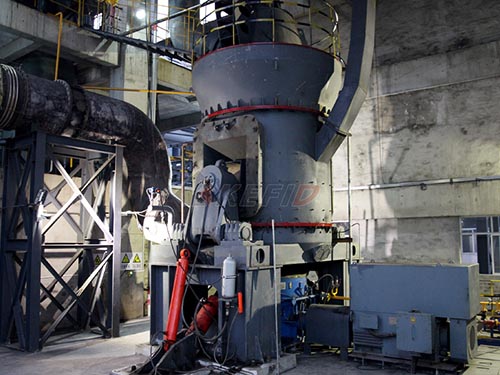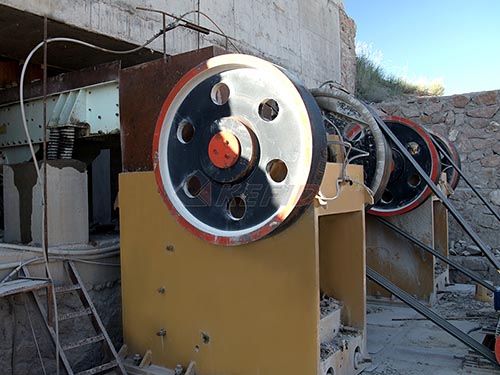Roller Cone Crusher
The Roller Cone Crusher: Power and Precision in Size Reduction

Within the rugged world of mineral processing, aggregate production, and mining, the roller cone crusher stands as a cornerstone technology for efficiently reducing large, hard rock into smaller, more manageable sizes. Often simply called a cone crusher, this robust machine leverages a unique gyrating action to deliver consistent performance in demanding applications.
Core Principle: Gyratory Crushing Action

Unlike jaw crushers that utilize a compressive "chewing" motion, the roller cone crusher operates on an eccentric gyratory principle. Its central component is a rotating mantle (the inner crushing surface), which gyrates within a stationary concave bowl liner (the outer crushing surface). This gyratory motion is driven by an eccentric assembly located beneath the mantle.
As rock enters the top of the crusher's crushing chamber (the space between the mantle and concave), it becomes trapped between these two surfaces. The mantle's eccentric gyration creates a powerful compressive force combined with an inter-particle attrition effect. Rock particles are repeatedly squeezed and crushed against each other and the liner surfaces as they travel downwards through progressively narrower gaps within the chamber. The final product size is primarily determined by the closed-side setting (CSS) – the smallest gap between the mantle and concave at their closest point during the gyration cycle.
Advantages Driving Widespread Use
1. High Reduction Ratio & Cubic Product: Cone crushers excel at achieving significant size reduction in a single pass (high reduction ratio). More importantly, their inter-particle crushing action tends to produce well-shaped, cubical end products compared to flaky or elongated particles often seen from jaw crushers. This cubicity is highly desirable for high-quality concrete aggregate and asphalt mixes.
2. Efficiency & Productivity: Their continuous crushing action (versus reciprocating motion) allows for high throughput capacities relative to their size. They handle large volumes of feed material efficiently.
3. Versatility in Applications: Modern roller cone crushers are incredibly versatile:
Secondary Crushing: The most common role, taking feed from primary jaw crushers and reducing it further for processing or final aggregate sizing.
Tertiary/Quaternary Crushing: Finer stages of crushing to produce specific product gradations like sand or chip sizes.
Pebble Crushing: In autogenous (AG) or semi-autogenous grinding (SAG) circuits.
Mining & Quarrying: Essential for


